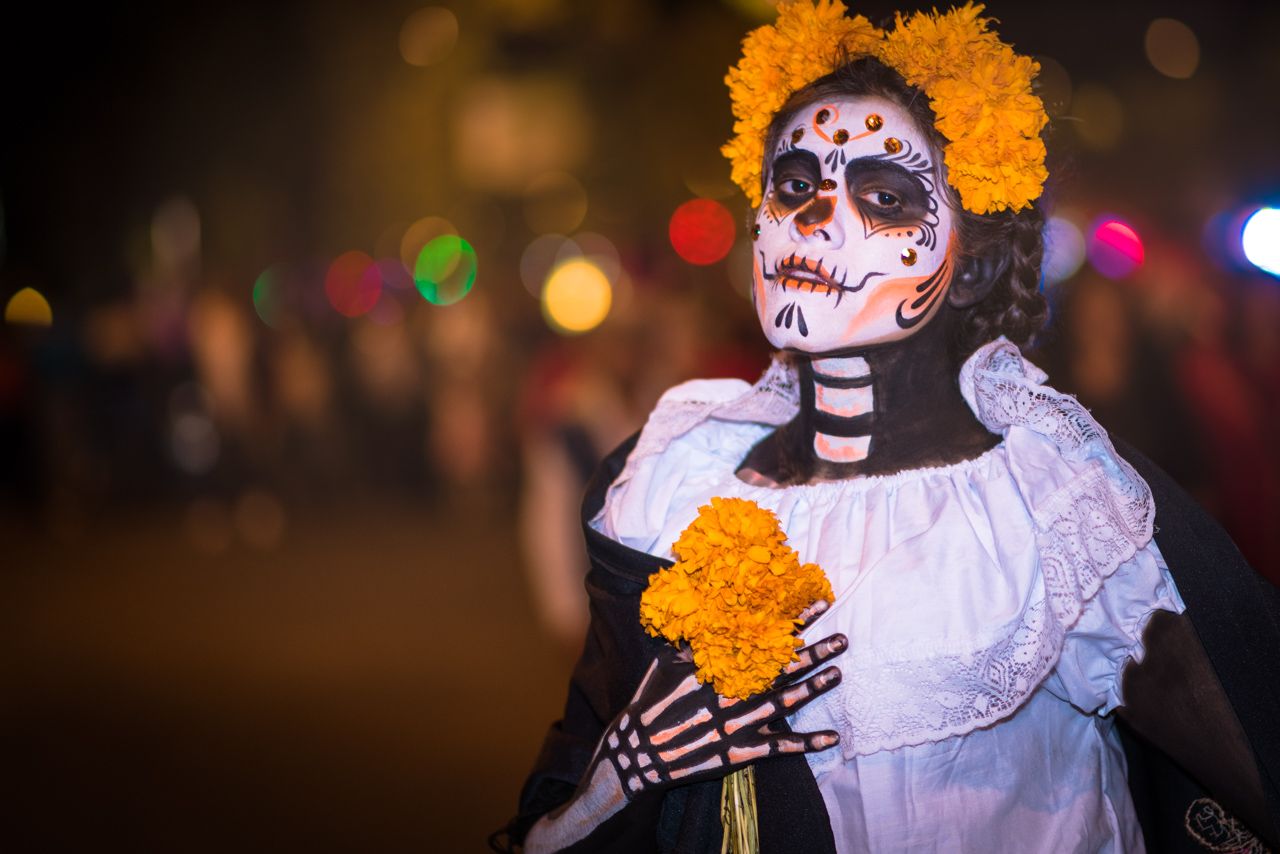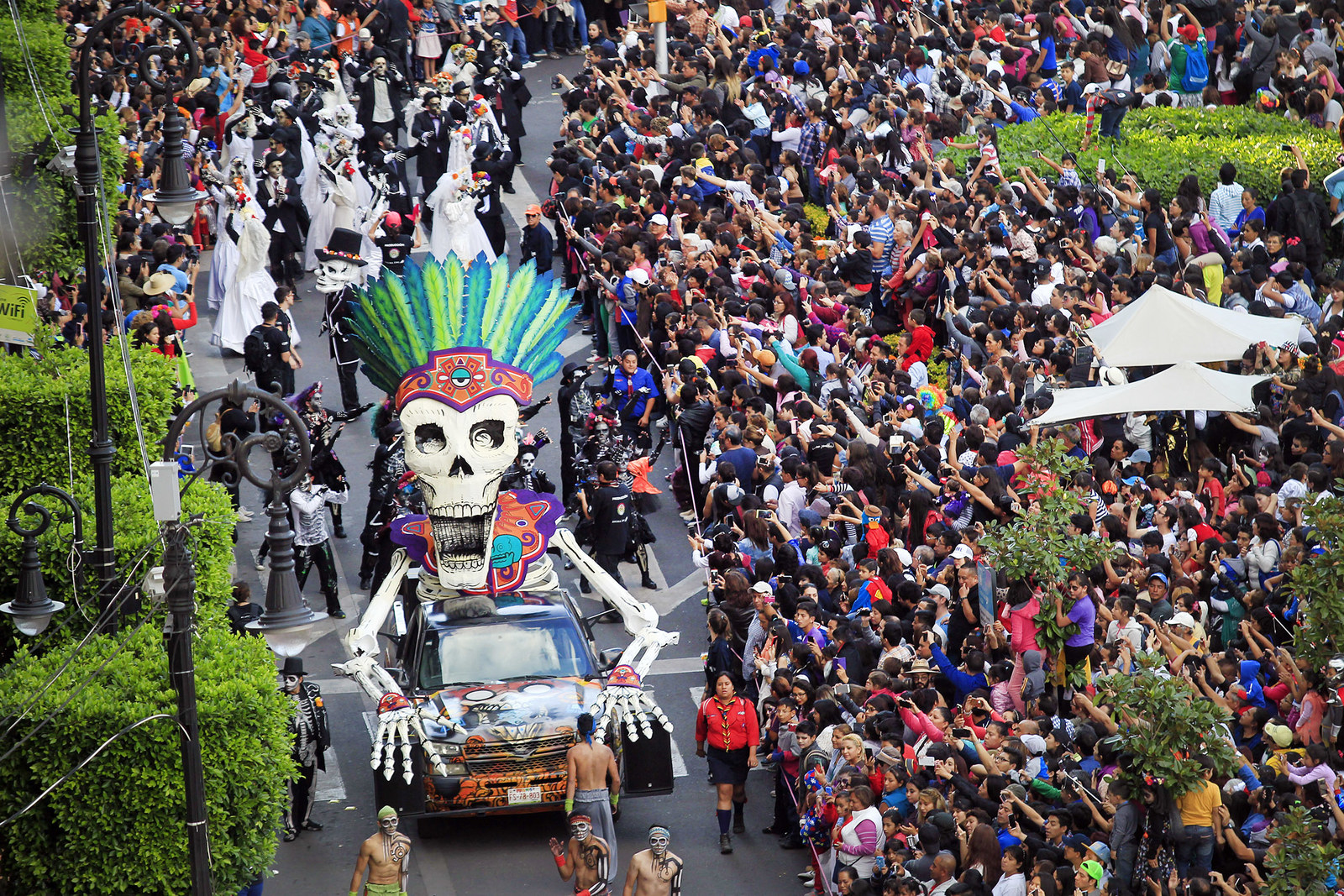

From Monarch Butterflies to native Copalli incense to Cempasúchitl – learn about many of the imagery, symbols, and traditions… Some traditions are rooted in ancient meso-American traditions, some came from Spanish/European cultural traditions, and some have evolved over the 3,000+ years of celebrations. Every detail represents something significant and special in the remembrance of loved ones. He was also responsible for altars to become artistic installations while being respectful to its origins.The Dia de los Muertos holiday is filled with beautiful symbols, traditions, and imagery. Artist and curator René Yañez was an essential advocate in immersing this celebration into the city’s main festivities. La Galería de La Raza held the first Day of the Dead altar exhibition, organized by René Yañez and Ralph Maradiaga.

In San Francisco, the first documented Day of the Dead activities happened in the early 70s, and they have been gaining presence until today. Nowadays, el Día de los Muertos, is seen as an urban artistic phenomenon which bonds community. Public altars are built to honor important personalities of Chicanos and Mexican artists that have been influential to the Latino communities in California. The Chicano Movement introduced this celebration where its original elements went beyond the common family household and became a community expression of cultural heritage that commemorates the ancestors of the Americas. In the U.S., the altar-making rituals have been a cultural practice beyond the individual space, where museums, art galleries, community centers, and schools make their own altars for the Day of the Dead. These can be made of papier-mâché, clay, wood, metal, cut-out tissue paper, and often, they are made of sugar decorated with colored icing, flowers, or metallic colored foils. It is common to see skulls or calaveras as decorations.
EL DIA DE LOS MUERTOS SERIES
These altars have a series of different components that vary from one culture to another that mostly include yellow marigolds, candles, photos of the deceased ones, papel picado or cut tissue-paper designs, as well as food and beverages offerings for the dead. To welcome them, the family build altars in their honor. El día de Los Muertos is celebrated on November 1st and November 2nd, in which the spirits of the dead are believed to return home and spend time with their relatives on these two days. As the only answer to many of our questions, death is an integral part of life, and the living and the dead meet in this day to emphasize the importance of death in the cycle of life.ĭía de los Muertos acknowledges the symbiotic relationship between life and death. A continuous echo that at certain occasions becomes louder. Those who passed are alive in our memories. Its precedents date to more than 3000 years ago when the Olmecs and subsequent Toltecs, Mixtecs, Zapotecs, Maya, and Aztecs honored death. In Mexico, death rites date from pre-Hispanic rituals represented in murals, painted pottery, monuments, and artifacts, which shows how the Day of the Dead has its origins in the rituals practiced by the indigenous peoples of the Americas.


 0 kommentar(er)
0 kommentar(er)
